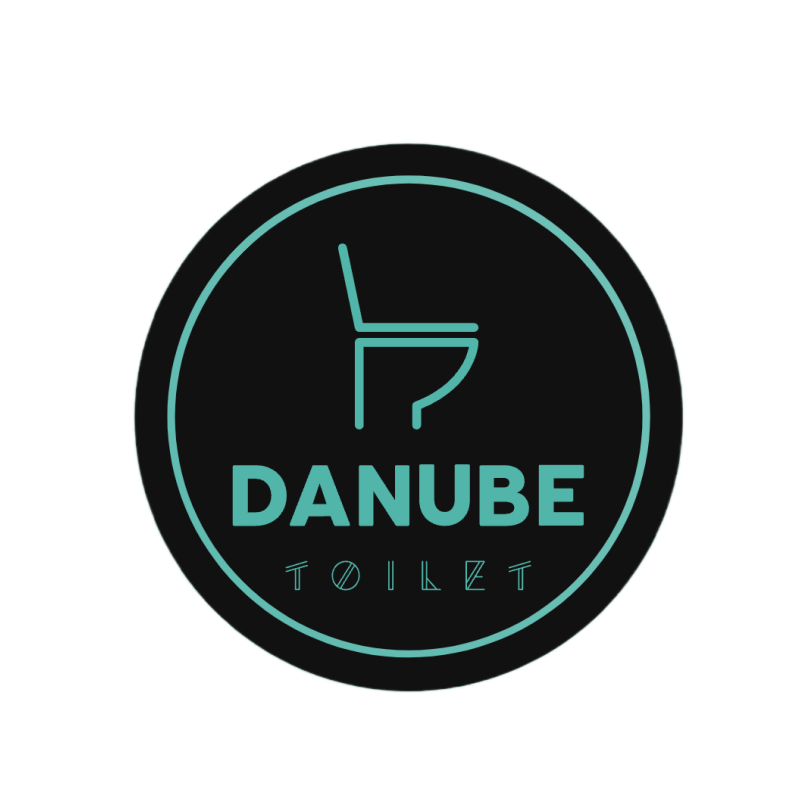As the world of sanitary ware continues to evolve, it’s vital for B2B purchasers to be familiar with the standards that govern toilet products. With increasing focus on sustainability, water efficiency, design, and innovation, today’s toilet standards go far beyond just basic functionality. For businesses involved in large-scale procurement—be it for hotels, residential complexes, or commercial buildings—understanding these standards ensures that the right product is delivered, meeting not only consumer needs but also legal and regulatory requirements across different markets.
This article will provide a comprehensive look at what defines the standard of a toilet. We will explore international certifications, material considerations, design factors, and installation guidelines that purchasers must be aware of. The goal is to provide an objective analysis to guide you through the procurement process, ensuring that your choice of toilet products aligns with the highest industry standards.
Table of Contents
- 1. Why Toilet Standards Matter in B2B Procurement
- 2. International Certification Standards for Toilets
- 3. Material Standards: Ceramic vs. Porcelain Toilets
- 4. Water Efficiency Standards and Flush Mechanisms
- 5. Design Standards for Comfort and Accessibility
- 6. Smart Toilet Standards
- 7. Installation and Structural Standards
- 8. Procurement Tips for B2B Purchasers
- 9. About DanubeToilet: Meeting Global Toilet Standards
1. Why Toilet Standards Matter in B2B Procurement
In large-scale procurement, ensuring that a product meets international and local standards is essential for compliance and long-term value. Toilet standards play a significant role in determining the quality, durability, and functionality of the product. For businesses like hotel chains, commercial complexes, or apartment developments, procuring toilets that adhere to these standards ensures fewer maintenance issues, higher customer satisfaction, and better environmental performance.
Key reasons toilet standards matter:
- Regulatory Compliance: Many countries have strict sanitary standards and certifications that are mandatory for import and installation. Not adhering to these can result in penalties, delays, or recalls.
- Customer Satisfaction: High-quality toilets that meet design and performance standards contribute to the overall experience of users, whether in a luxury hotel or a public restroom.
- Sustainability Goals: With global emphasis on reducing water consumption, having toilets that meet water efficiency standards can help companies meet sustainability targets.
2. International Certification Standards for Toilets
A toilet’s certification is a direct reflection of its quality and compliance with various international standards. Different regions have different certification bodies, each with its own set of criteria for toilet performance, water usage, and construction materials.
UPC Certification
The Uniform Plumbing Code (UPC) certification, issued primarily in the United States and Canada, is one of the most recognized toilet standards worldwide. It ensures that the toilet meets stringent plumbing and sanitation standards. B2B purchasers targeting North American markets must ensure their toilets carry this certification.
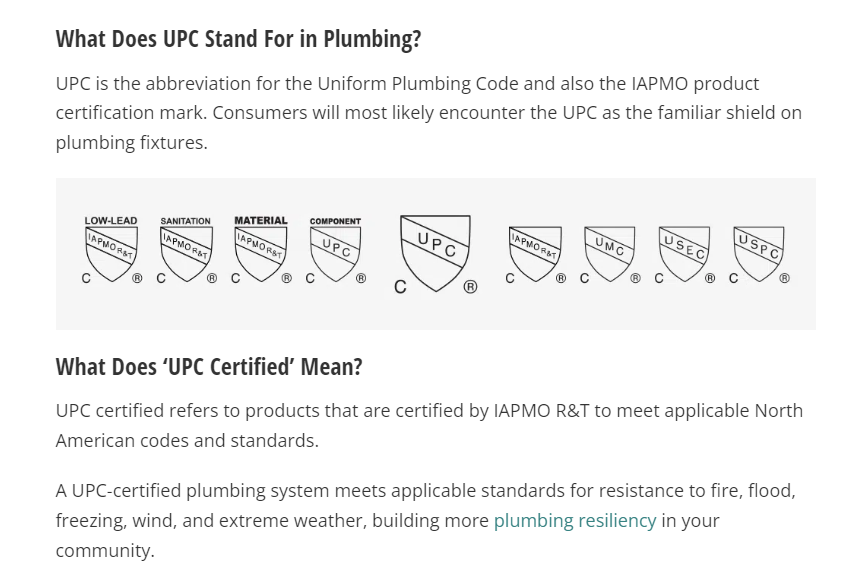
UPC standards evaluate:
- The effectiveness of the toilet’s flush system.
- Durability and water-tightness of the fixture.
- Proper drainage and waste removal efficiency.
WaterSense Label
A toilet bearing the WaterSense label ensures that it meets high water efficiency standards without compromising performance. The U.S. Environmental Protection Agency (EPA) established the WaterSense program to encourage the use of products that save water and protect the environment.
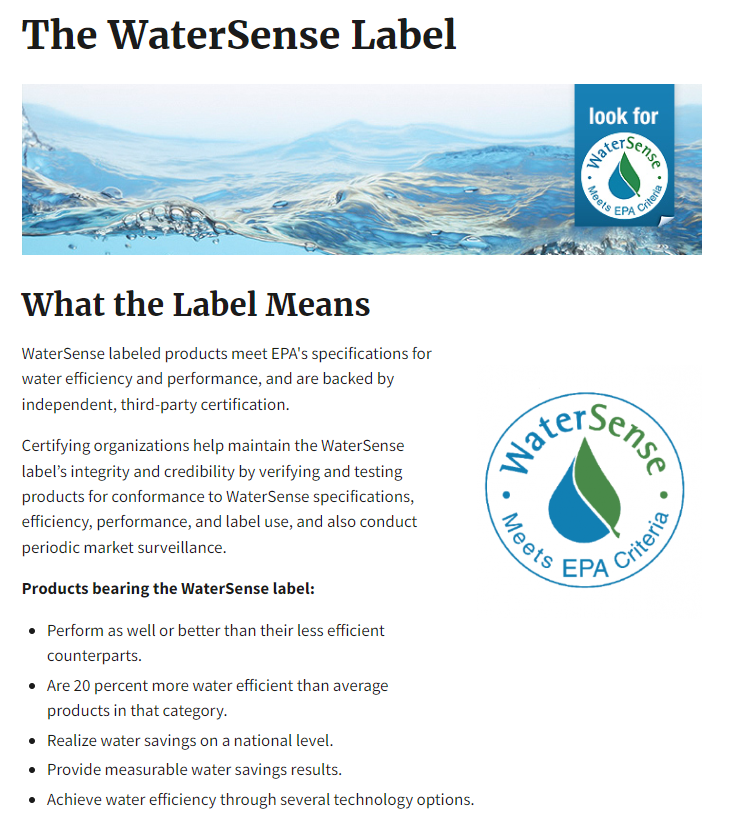
Key WaterSense requirements:
- Toilets must use 1.28 gallons per flush (GPF) or less, compared to the federal standard of 1.6 GPF.
- Rigorous testing to ensure the flush system clears waste effectively in one flush.
- Durability and reliability over time.
European CE Marking
In the European Union, toilets must bear the CE marking to indicate they meet essential health, safety, and environmental protection requirements. This is crucial for B2B purchasers importing or distributing toilets across European markets.
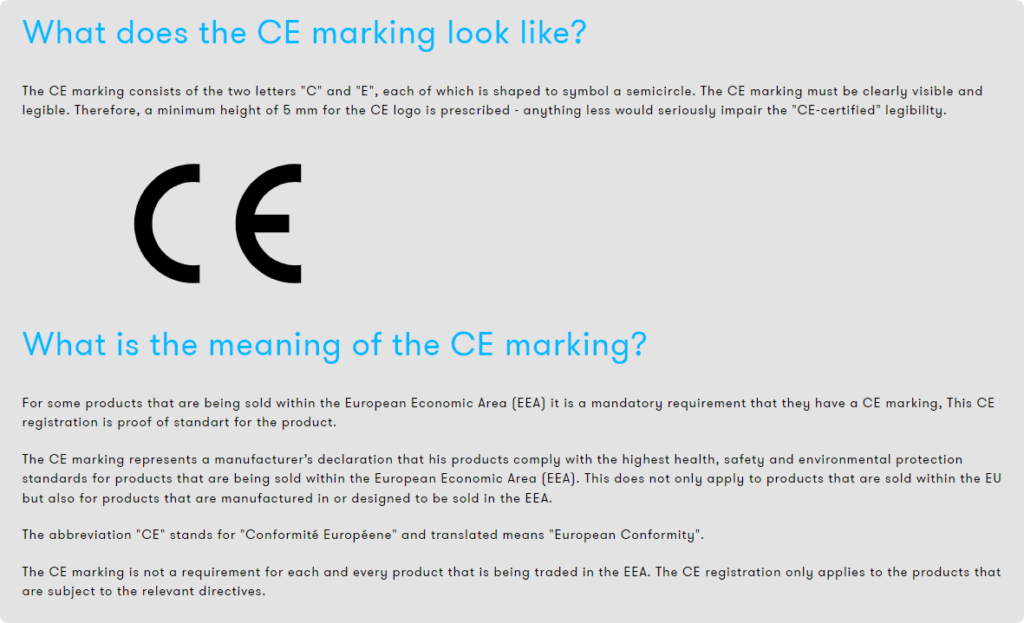
CE marking covers:
- The performance of materials used, including durability and safety.
- Water efficiency, similar to WaterSense.
- Structural integrity of the product.
Japanese JIS Certification
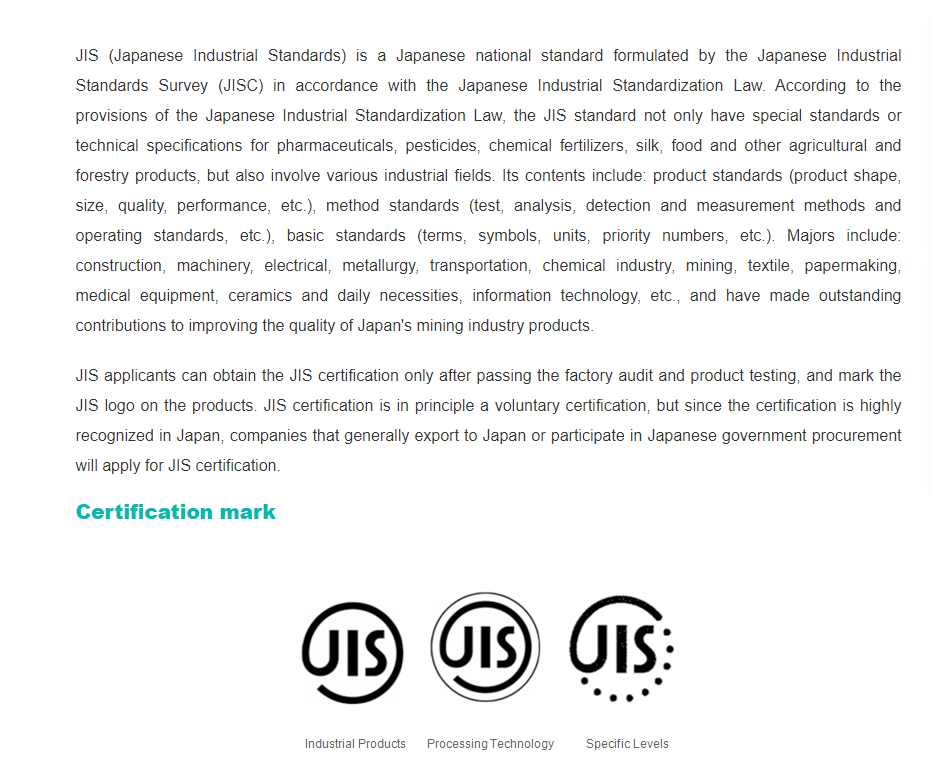
For those dealing with the Japanese market, Japanese Industrial Standards (JIS) certification is crucial. It evaluates the efficiency, quality, and safety of toilet products in Japan, ensuring that they meet local regulatory needs.
| Major toilet certifications around the world | |
| CUPC/ CSA(C US) / NSF / AB1953 / Watersence | North America |
| WaterMark / WELS | Australia |
| DVGW / KTW / W270 | Germany |
| WRAS | U.K. |
| ACS / NF | France |
| KIWA | Netherlands |
| AENOR | Spain |
| CE | Europe |
| Ten Ring Certification / Water Saving certification | China |
| SASO / SONCAP | Others |
3. Material Standards: Ceramic vs. Porcelain Toilets
Toilets are predominantly made from ceramic or porcelain, two highly durable materials. However, understanding the subtle differences between these materials can help you make informed decisions when procuring for different environments and customer needs.
Ceramic Toilets: Ceramic toilets are made from a mixture of clay, water, and other natural materials. They are fired at high temperatures to create a solid and non-porous product. Ceramic toilets are known for their durability and cost-effectiveness, making them a popular choice for large-scale projects.
- Pros: Cost-effective, durable, easy to clean.
- Cons: Slightly less durable than porcelain in extreme conditions.
Porcelain Toilets: Porcelain is a subtype of ceramic but is made from finer clay and fired at higher temperatures. Porcelain toilets are denser, harder, and more resistant to scratches and damage.
- Pros: Extremely durable, resistant to chipping, longer-lasting.
- Cons: Higher cost compared to standard ceramic.
In high-end projects like luxury hotels or premium residential complexes, porcelain toilets may be preferable for their durability and elegant finish. For more budget-conscious projects, ceramic toilets offer a practical alternative.
4. Water Efficiency Standards and Flush Mechanisms
Water conservation is a critical concern in toilet manufacturing, and as a B2B purchaser, ensuring water efficiency can have long-term benefits for both the environment and cost savings.
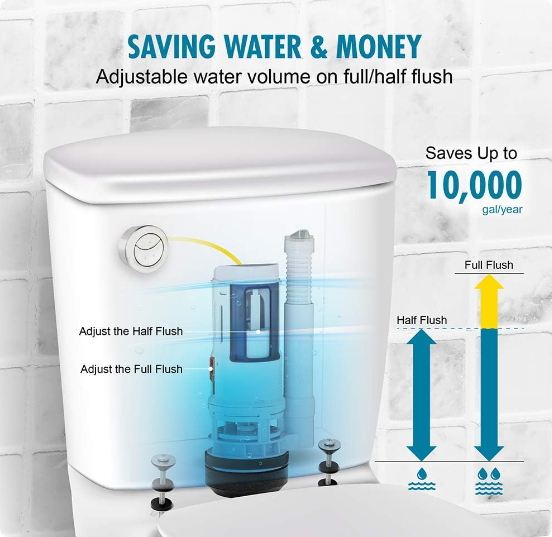
Dual-Flush Systems
Dual-flush toilets offer two flush options—one for liquid waste (usually 0.8-1.1 GPF) and one for solid waste (typically 1.6 GPF). This system significantly reduces water consumption in high-traffic environments like hotels, airports, or public buildings.
Low-Flow Toilets
Low-flow toilets are designed to use less water per flush. The WaterSense label ensures that these toilets use no more than 1.28 GPF. For projects where water conservation is a priority, low-flow toilets are ideal.
Pressure-Assisted Flush
For commercial buildings or high-rise apartments, pressure-assisted flush systems are often preferred. These systems use pressurized air to force water into the bowl, delivering a powerful flush. They are more efficient in removing waste but can be noisier than traditional gravity-fed flush systems.
5. Design Standards for Comfort and Accessibility
Toilet design has evolved to offer not only functional but also comfort and aesthetic value. When procuring toilets for diverse environments, understanding the design standards that cater to different user needs is critical.
Comfort Height Standards
Comfort height toilets, also known as ADA-compliant toilets, have a bowl height of 17 to 19 inches (43-48 cm), making them easier to use for taller individuals, the elderly, and people with disabilities. These are increasingly becoming a standard in public restrooms and residential projects where accessibility is key.
One-Piece vs. Two-Piece Toilets
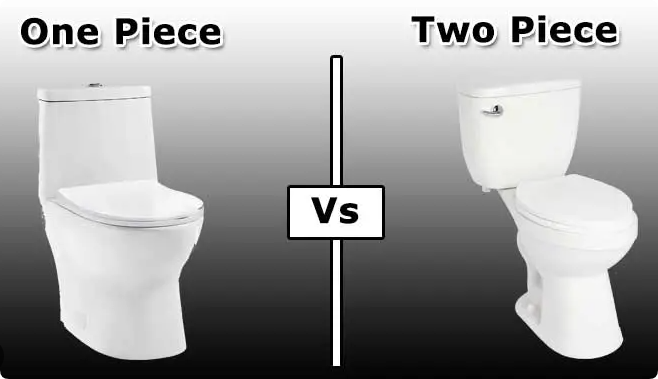
- One-piece toilets offer a sleeker, more modern design and are easier to clean due to their integrated tank and bowl structure.
- Two-piece toilets, while more traditional, are often less expensive and easier to transport and install in large quantities.
Wall-Mounted Toilets
Wall-mounted toilets, typically found in luxury hotels or modern public restrooms, save space and offer a contemporary aesthetic. These toilets require special installation and reinforcement of walls but provide easy cleaning access underneath the unit.
6. Smart Toilet Standards
The rise of smart toilets is reshaping the sanitary ware industry, offering features like heated seats, bidet functions, automatic flushing, and even self-cleaning. As smart home technologies gain popularity, ensuring that these advanced toilets meet both performance and safety standards is essential for large-scale procurement.
Common smart toilet features include:
- Water temperature and pressure control for bidet functions.
- Automatic flushing systems to enhance hygiene.
- Deodorizing systems to maintain freshness in high-use environments.
B2B purchasers should ensure that smart toilets meet electrical safety standards, such as the UL Certification in North America or RoHS compliance in Europe, which restricts the use of hazardous materials in electrical and electronic products.
7. Installation and Structural Standards
Toilet installation must meet building codes and plumbing standards to ensure long-term functionality and safety. Incorrect installation can lead to leaks, poor drainage, and higher maintenance costs. Therefore, understanding installation guidelines is crucial for B2B purchasers.
- Trapway Standards: The toilet trapway, the curved channel inside the toilet that leads from the bowl to the waste pipe, should be large enough (usually 2-3 inches in diameter) to ensure effective waste removal and reduce the risk of clogs.
- Floor-Mounted vs. Wall-Mounted Installations: Floor-mounted toilets are easier to install and more common, while wall-mounted toilets require specialized support and drainage solutions.
Which one is better?Wall Mounted vs Floor Mounted Toilets
8. Procurement Tips for B2B Purchasers
When procuring toilets, especially in large quantities, several factors should be considered beyond just the price. Here are key tips to ensure a successful purchase:
- Ensure Compliance: Always check that the toilets meet the necessary certifications and standards for your target market, whether it be UPC for North America or CE for Europe.
- Consider Water Efficiency: Opt for dual-flush or low-flow toilets, especially in markets where water conservation is a priority.
- Match Design with Functionality: Choose toilets that match the aesthetic of the project but also consider user comfort, especially for ADA compliance.
- Smart Features for High-End Projects: For premium projects, consider smart toilets with advanced features to differentiate the property.
9. About DanubeToilet: Meeting Global Toilet Standards
At DanubeToilet, we specialize in producing a wide range of toilets that meet international standards across various markets. From ceramic and porcelain toilets to water-efficient models and smart toilets, our products cater to the diverse needs of B2B purchasers. We are committed to delivering high-quality, sustainable sanitary ware solutions that offer long-term value to our clients.
Whether you are procuring toilets for a luxury hotel chain, a residential development, or a commercial property, DanubeToilet ensures that all our products meet global standards for quality, safety, and performance. Contact us today for more information on our toilet offerings and how we can support your procurement needs.
By understanding and adhering to these standards, B2B purchasers can ensure that they make informed decisions, selecting products that meet regulatory requirements, satisfy customers, and offer long-term durability. DanubeToilet stands ready to assist you with all your procurement needs, providing top-tier products that align with the highest international standards.
